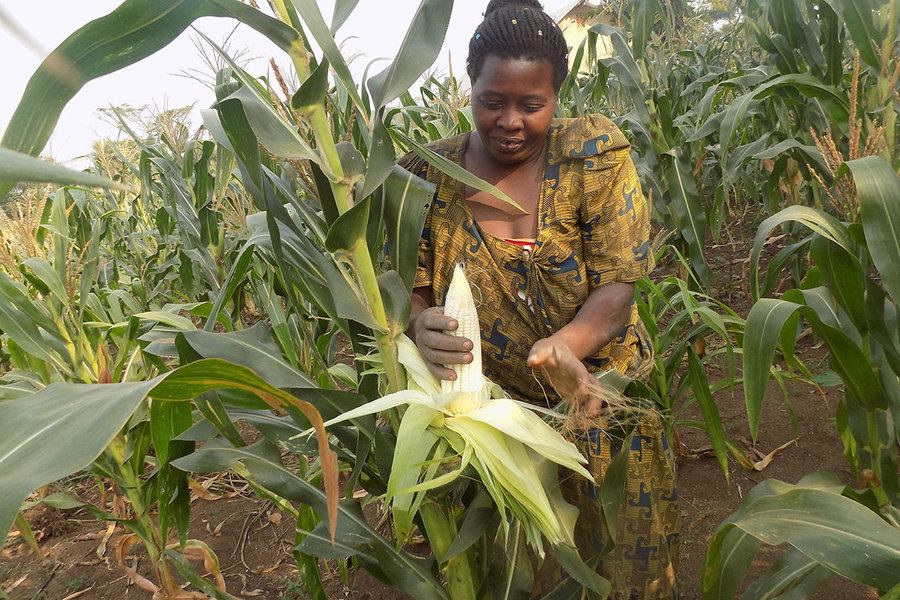
Ugandan maize traders in the border town of Busia have expressed mixed opinions over the registration of maize traders and warehouse owners who intend to trade with Kenya.
This after Nairobi government lifted a ban on importation of maize from Uganda but maintained restrictions that have made it very difficult for the maize traders to export their produce to Kenya.
According to Vincent Ssempijja, the Minister of Agriculture, the registration exercise is part of a bigger plan to streamline the trade in maize and other food items that are sold across Uganda’s borders.
But as you will find out in the following report, its still unclear when grains will start crossing to Kenya.
Maize is one of the major staple foods in Uganda, providing over forty percent of a Ugandan’s daily calorie consumption. To meet the country’s maize demand, most farmers grow some maize on their land, with over two million Ugandans counting on maize as their main source of income.
Kenya initially imposed the ban because it said grain from Tanzania and Uganda had high levels of mycotoxins.
Mycotoxins are poisonous compounds produced by certain types of moulds that grow on foodstuffs such as cereals and nuts in warm and humid conditions, either before or after harvest. Aflatoxins are among the most poisonous mycotoxins and can grow in the soil as well as on the foodstuffs. Research has shown that mycotoxins can damage DNA and cause cancer in animals.
Under the East African Community’s common market – which all three countries belong to – safe rules have been which set standards for aflatoxins in maize. These vary from one jurisdiction to another. The East Africa Community’s standard is 10 parts per billion, the US’s is 20 parts per billion while the EU standard is four parts per billion.

